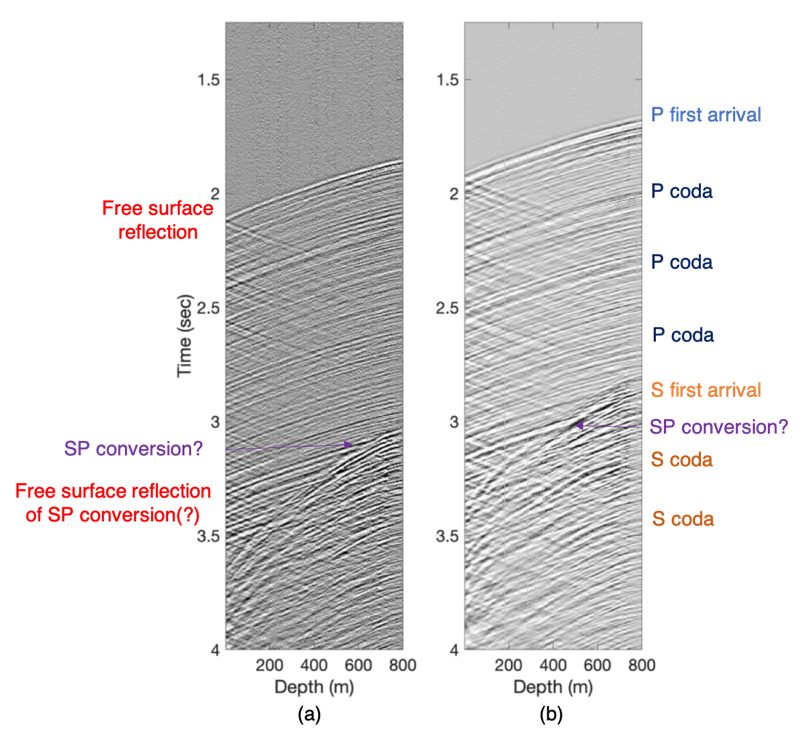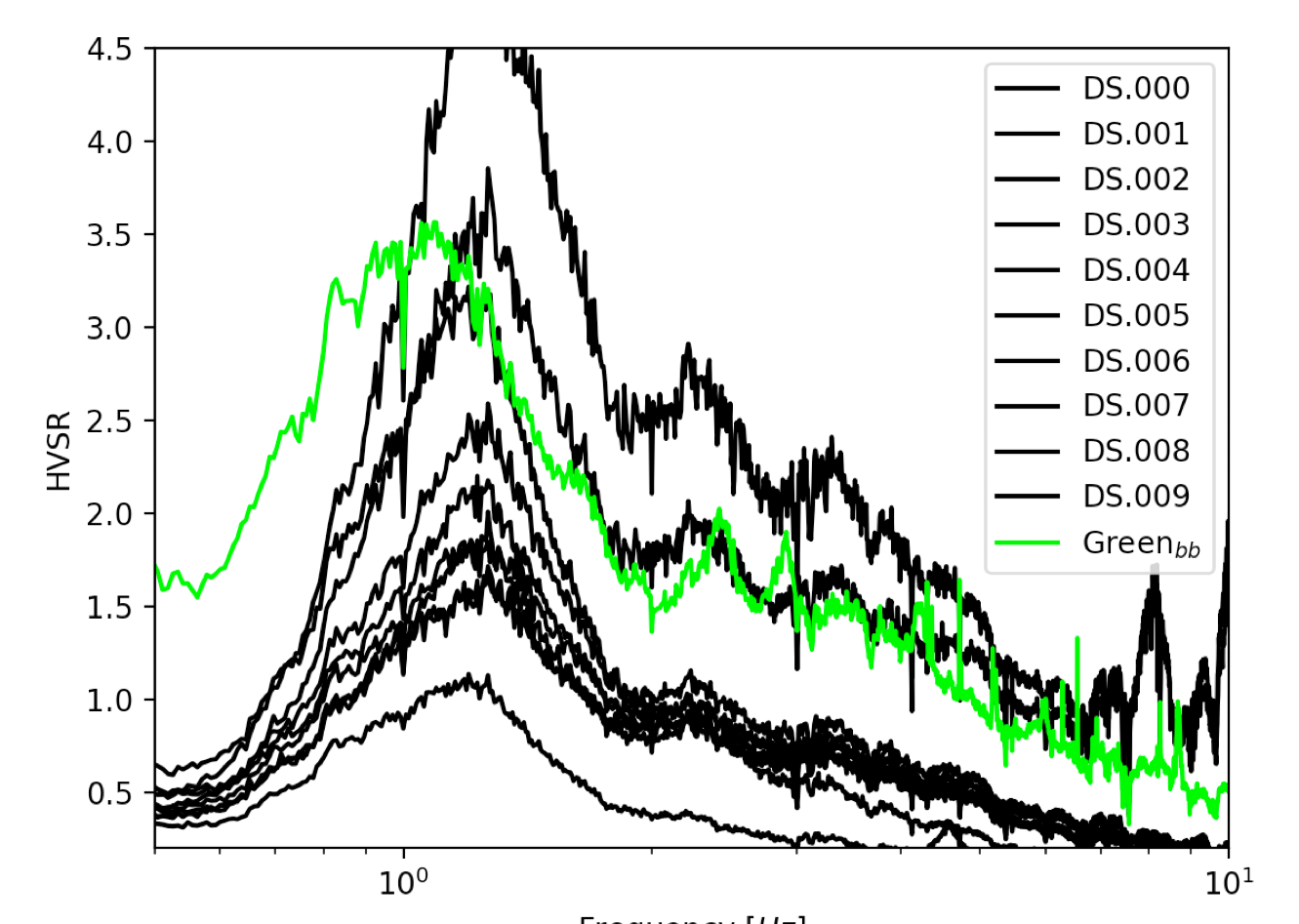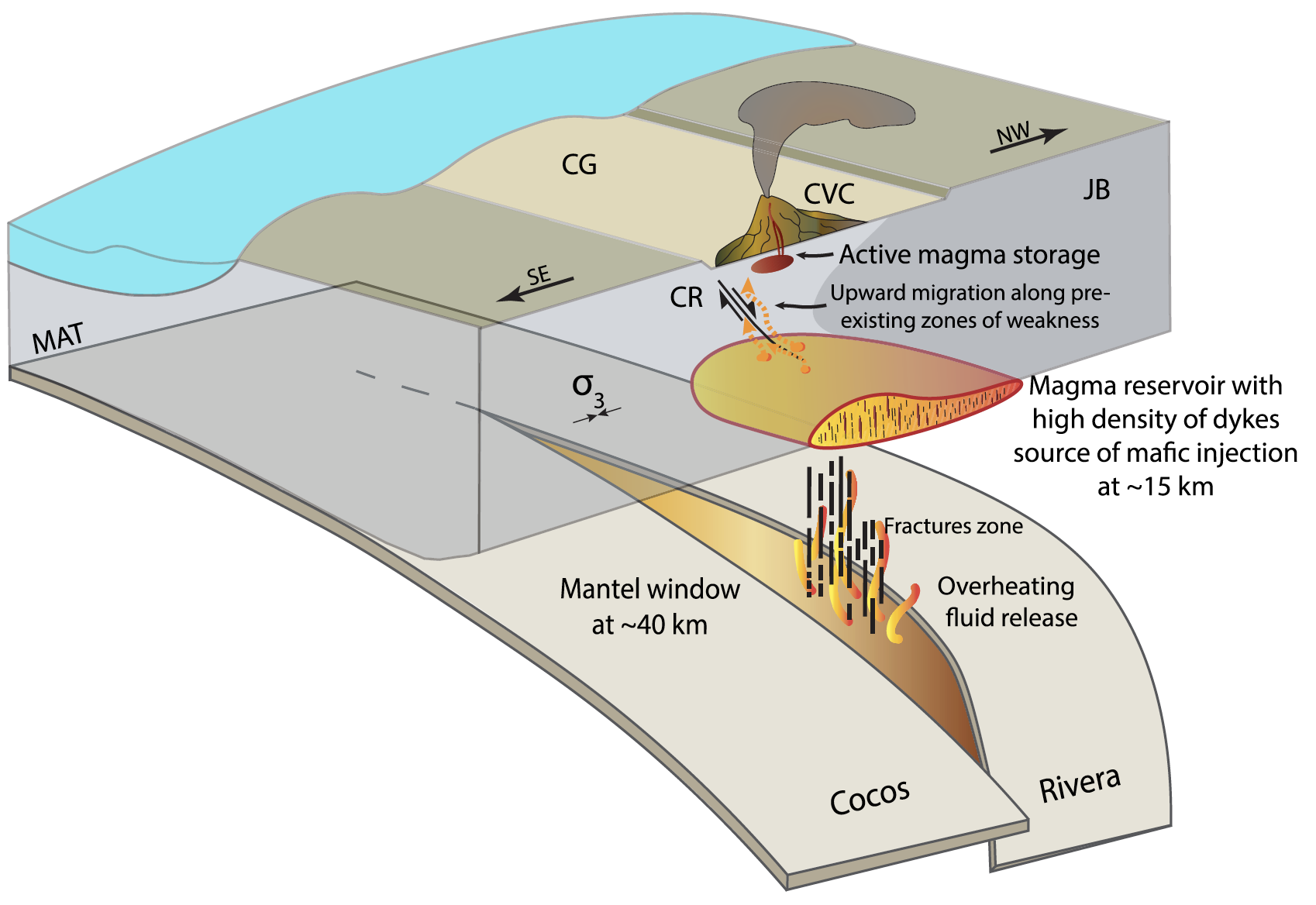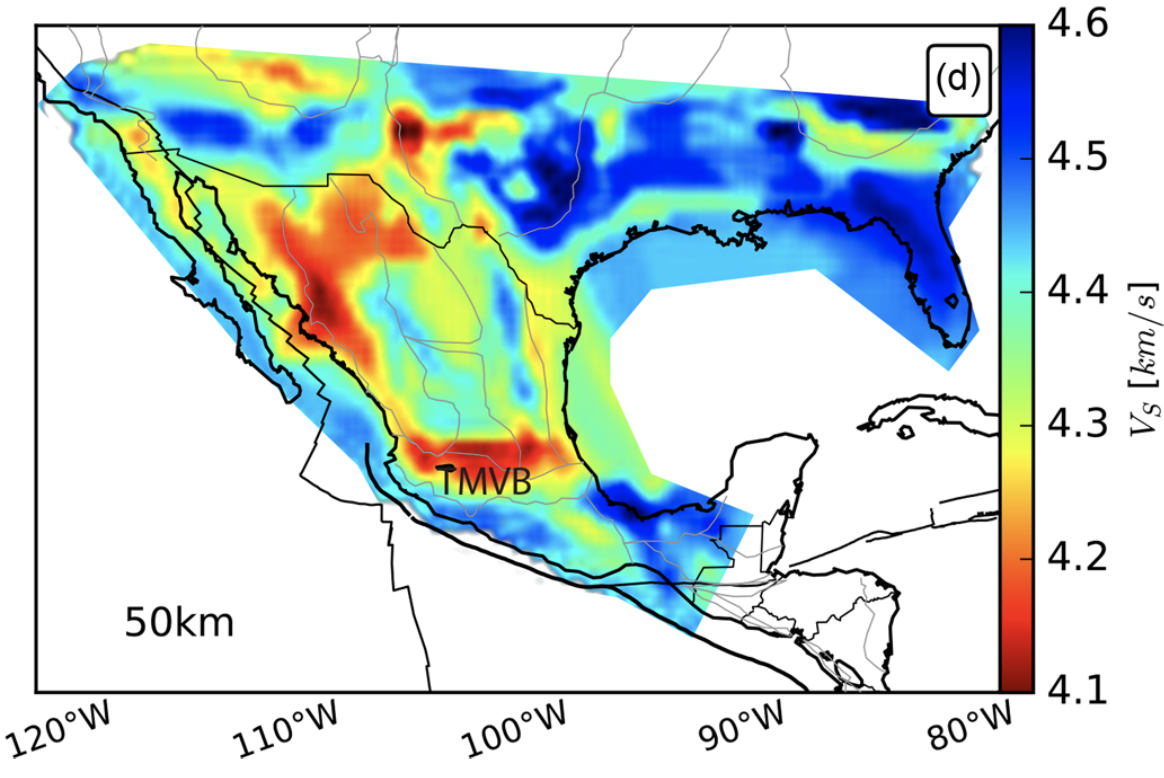Understanding our environment is essential to mitigate the risks that certain and inevitable natural disasters pose to human populations. My research aims to gain a better understanding of the Earth via a combination of observational and interpretational work on seismic data. I am interested in imaging the Earth to all scales, understanding volcanic and hydrothermal systems and, assessing earthquakes' behavior and their ground motion.
Seismic waves, their velocities and attenuation tell us about variable states of stress as well as the stiffness of the Earth. My main research tool is seismic interferometry, with which we can extract coherent waves propagating between receivers (i.e., the Green's function) by correlating interference patterns of chaotic waves. The so-called ambient field correlation techniques have revolutionized seismology over the last decade. While these methods are continuously being developed and becoming more accurate, their drawbacks are also becoming more apparent. As a researcher, I want to work on these two fronts by pioneering new approaches to take advantage of the observational capabilities, and to transform the large amounts of data from seismic arrays to our fundamental understanding of the Earth.

Fiber Optic Seismology
Goal: Distributed Acoustic Sensing (DAS) can transform the already existing underground network of fiber-optic cables essential to modern life as arrays of thousands of seismometers with a measurement density on the order of meters and so, in a cost-effective way. DAS relies on coherent optical time-domain reflectometry to precisely measure the amplitude and phase of vibrations along a fiber. This new type of data for seismologists is offering many new opportunities for research. We want to explore its potential for ultra-high resolution imaging, microzonation in urban areas and possibly for landlside and volcano monitoring. (Figure is from Lelouch et al., 2019 Paper).
Main collaborator: Zack Spica Scholar

Site effect assessment
Goal: Accurate ground-motion prediction requires detailed site effect estimation. One of the most widely used techniques to estimate seismic site response involves analyzing the Horizontal to Vertical Spectral Ratio (HVSR) of ambient seismic field recordings. Based on the diffuse field assumption (DFA), the H/V of the auto-correlated signal is linked to the ratio of the imaginary parts of the 1D Green's function components and allows naturally for soil structure characterization. The aim of the project is to apply the H/V method to numerous situations and make it more robust, effective and able to characterize finely the soil structure by using support of other methods. Currently, we are pushing forward the method to image structure as deep as the moho discontinuity.

Volcanology
The characterization of volcanic-reservoir geometry and location at depth is of major importance in monitoring and understanding volcanic unrest. We currently develop new methods to better assess the depth of these reservoir, the anisotropy and the attenuation trhough joint inversion. How magmas move in crust during swarm in monogenetic field in Michoacán, or in the conduct before the explosion (Stromboli) are key points of my current work. I am now involved in the GEMEX project.
Imaging the Earth from the crust to the core
For about than 10 years, ambient seismic field tomography relied on the computation of the Green's function between synchronous pairs of stations. Recently, we showed the feasibility of signicantly enhancing the resolution of surface wave tomography by bridging asynchronous seismic networks through higher-order correlations Paper. Having the power to bridge asynchronous networks is an important step for our community. Every single station ever installed can now be used as a potential virtual source to be record with the entirety of the seismic capabilities. This study, which we applied to Mexico and the southern US, allowed me to analyze body waves that sample the core-mantle boundary Paper.The ability to extract core phases' travel-time between every possible station pair gives global seismologists a new level of control in obtaining the necessary sampling geometries to test hypotheses regarding deep Earth structure.
Product: Have a look to our Data product